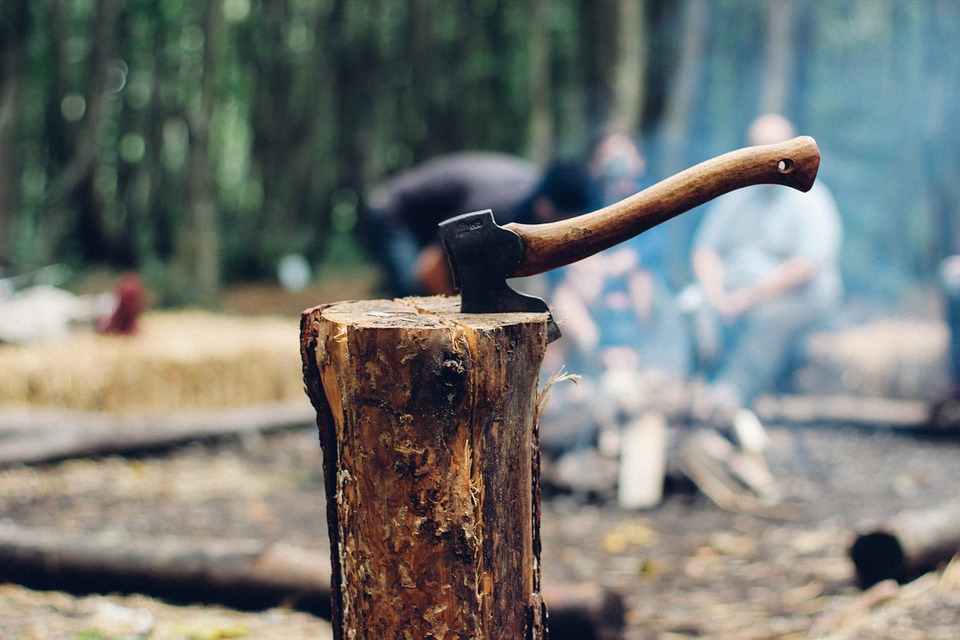The best tree hedge is one that enhances your garden and makes it look beautiful. There are many options for hedges to use around your home. Some may be more attractive than others. A tree that is more than 30 feet tall will be more difficult to manage than one that is only a few inches tall. A tree that is excessively tall will block out your view of your garden and patio. If privacy is your primary concern, it is best for the hedge to be a couple of feet tall. You can always add more foliage or other features to the tree that will make it attractive, but it takes a lot more work than putting in a tree hedge.
A tree hedge will provide shade and protection from the bark of larger trees. Although there are many species of trees that would make good candidates for this type cover, the best is the larger ones. This will give your foliage more options. The tree should be strong enough to support the foliage. It should be at most ten to twelve feet tall.

When it comes to tree hedges, the most important thing is to choose a tree with a long lifespan. This means that the tree should be strong enough for the foliage to be placed on it. The bark breaking off from a tree that is weak is one of the worst possible things. It is best to wait until the tree is almost fully grown before adding tree hedging to it. There are many species of trees that have survived for hundreds and still exist today.
It is crucial to plant the right type of trees at the right locations in order to make sure that your tree-hedge is as durable and long-lasting as you can. The right trees make it less likely that it will fall or be damaged by the harsh weather conditions. The winter wind is a common danger to trees that are used for tree hedging. Other trees are also suitable for this purpose, including those with a glossy or green appearance. The best way to hedge trees in these areas is to plant them near an existing structure such as a fence.
Tree hedging can also happen with smaller trees. There are some options to do this including using shrubbery. This is especially true with evergreens. Because of their mass, evergreen tree hedges can be very attractive and allow you to personalize the look you want.
Conifers are another option for those who prefer smaller trees. Because their roots grow almost vertically, coniferous tree are great for hedges. This makes it easier for them latch onto the tree you are hedging. In terms of maintenance, conifers are certainly the best way to tree hedge as they are not very demanding and are relatively easy to keep in good shape.
You can plant trees for cover purposes by using a flowering shrub. These flowers will flower in the spring and summer, and will add color to your tree hedges. However, there are other options to choose from as well. One good example is the evergreen tree that grows horizontally from one branch to the other.
Tree hedges are best placed in areas that have sufficient support. The branches should be close enough to each other that they can hold on without falling over. It is essential that you understand the requirements of tree hedges in your garden. This will ensure that you find the perfect one for you. This venture requires patience and some research. However, the results will be well-worth it.

